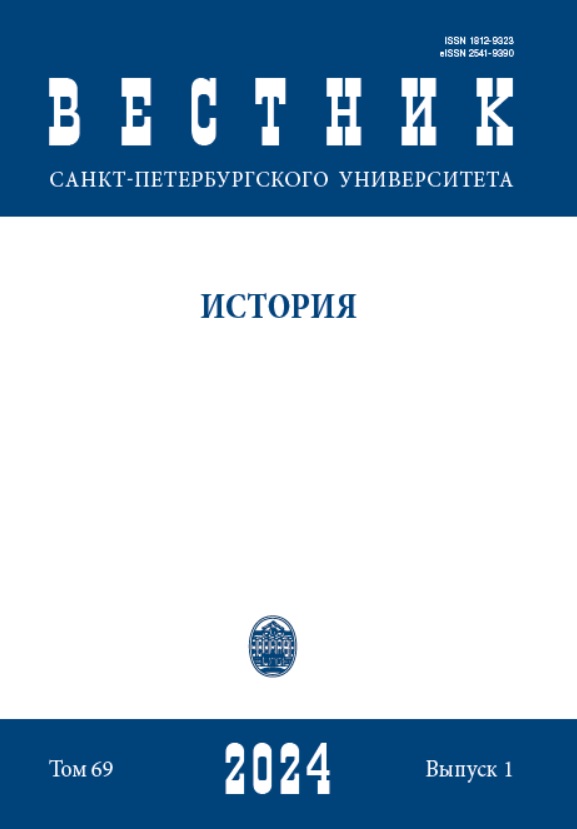The American Image of the Helmsman or Who Mister Stalin Is
DOI:
https://doi.org/10.21638/spbu02.2024.116Abstract
This article is a response to the recently written, very interesting and innovative, book, by an American historian Jim Curtis. During 20th century, the study of the Russian history was conducted in the opposing to each other American and Soviet historiographies. However, as far as Stalinism is concerned, American scholars obviously surpassed the Soviet Union as this theme was forbidden in the latter. Curtis aims to rise above all “combats” and to study Stalinism with the help of such disciplines as media theory, linguistics, and anthropology — disciplines that scholars in America as well as in Russia have usually ignored. He also excellently knows the Russian literature. To his opinion, religious notions, particularly “monasticism”, “monastic walls”, relationship between the elder and the junior comprise a certain framework of Stalin’s consciousness. It may be true but it is not enough to explain the phenomenon of the cult of Stalin’s personality. Moreover, it is arguable whether literature could adequately reflect the history of a society, particularly, for the need of historians. We also have to be very careful when comparing the USA and Russia/USSR, because such phenomena as slavery, political system, frontier, Protestant ethics may be different in their foundation. It is also very hard to compare Stalin with many other dictators as despite their seeming similarities, their origins differ. The main merit of this book is a conviction that the Russian history is indivisible, that Soviet and post-Soviet “periods” simply continue the previous history. This approach enables to understand more in the “natural laws” of the Russian history.
Keywords:
Jim Curtis, American historiography, Stalin, monasticism, literature, reflection of reality
Downloads
References
Downloads
Published
How to Cite
Issue
Section
License
Articles of "Vestnik of Saint Petersburg University. History" are open access distributed under the terms of the License Agreement with Saint Petersburg State University, which permits to the authors unrestricted distribution and self-archiving free of charge.





